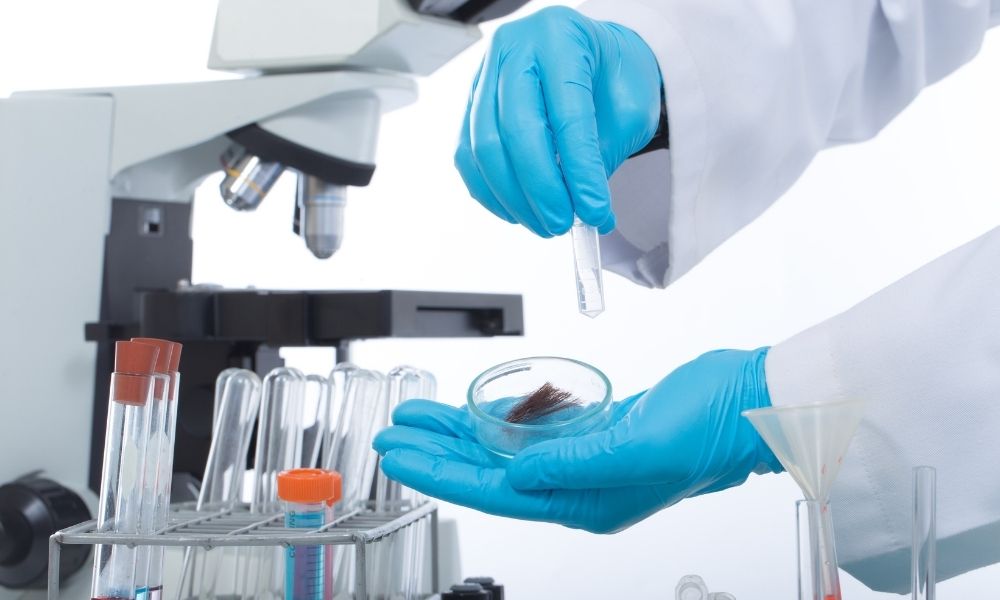What a Hair Follicle Test Detects
Written By admin on
Courts and employers have several modalities of drug testing at their disposal in order to ascertain whether prospective employees, people under supervision or probation, or those dealing with divorce and child custody related drug testing are remaining drug-free.
While blood, saliva, and urine tests are often uncomfortably invasive and offer relatively short windows of detection, hair follicle testing offers both a minimally invasive sampling procedure and a standard 90-day window (or further if using body hair or segmented hair drugs tests going beyond the 90 days) to detect a variety of illegal and illicit drugs. Hair tests can be specific or wide-ranging, and while there are some reliable basics across different offerings, what can be detected by a hair follicle drug test can vary depending on the type of test.
The Basics
Detecting the use of the most common illegal or abused drugs is the primary objective of any hair drug test. Even the most basic hair test will find indications of cannabis, cocaine, popular opiates such as heroin, a wide range of amphetamines, and PCP. As the body metabolizes these drugs, it excretes byproducts of that process through sweat, which the hair then reabsorbs. A hair sample of 1 ½ to 2 inches will account for roughly three months of this process. A hair test screens for a number of drugs or drug groups. This can be as few as the five drugs mentioned above or as many as 19.
Alcohol: Testable, But Not a Panel
Alcohol is perhaps the most used and abused intoxicant in America. However, you won’t find it included in a traditional multi-panel drug test. Testing for ethyl glucuronide (EtG) requires a separate testing protocol. Hair testing for alcohol can now be provided, as well as urine EtG testing and even fingernail and toenail EtG testing.
Ten-Panel Tests: Expansive Hair Testing
Civil servants who are responsible for safely operating heavy equipment and protecting the safety of others must successfully pass a ten-panel hair follicle drug test. Our standard ten-panel test identifies metabolites of the following substances and substance groups:
- Cannabis
- Amphetamines and methamphetamine
- Cocaine
- Prescription opiates
- Phencyclidine (PCP, or angel dust)
- Benzodiazepines
- Barbiturates
- Methadone
- Propoxyphene
- Oxycodone
Some of what can be detected by a hair follicle drug test with ten or more panels may not be readily familiar. Propoxyphene, short for dextropropoxyphene, is a fully synthetic opioid whose metabolites do not register under the panel for traditional opium-derived opiates. Oxycodone, better known under its extended-release trade name, OxyContin, is another opioid that warrants individual scrutiny. Methadone, while it has analgesic properties of its own, finds its most common use as a treatment method for opioid addiction. Its appearance on a drug test result could be indicative of larger abuse patterns.
No Cheating!
One of the most important things people giving and taking hair tests should know is that there’s no fooling a test—not by shampooing, bleaching, or shaving. Having insufficient hair to submit does not allow one to pass on a technicality. The only way to pass a ten-panel hair test is to abstain from the aforementioned drugs.




